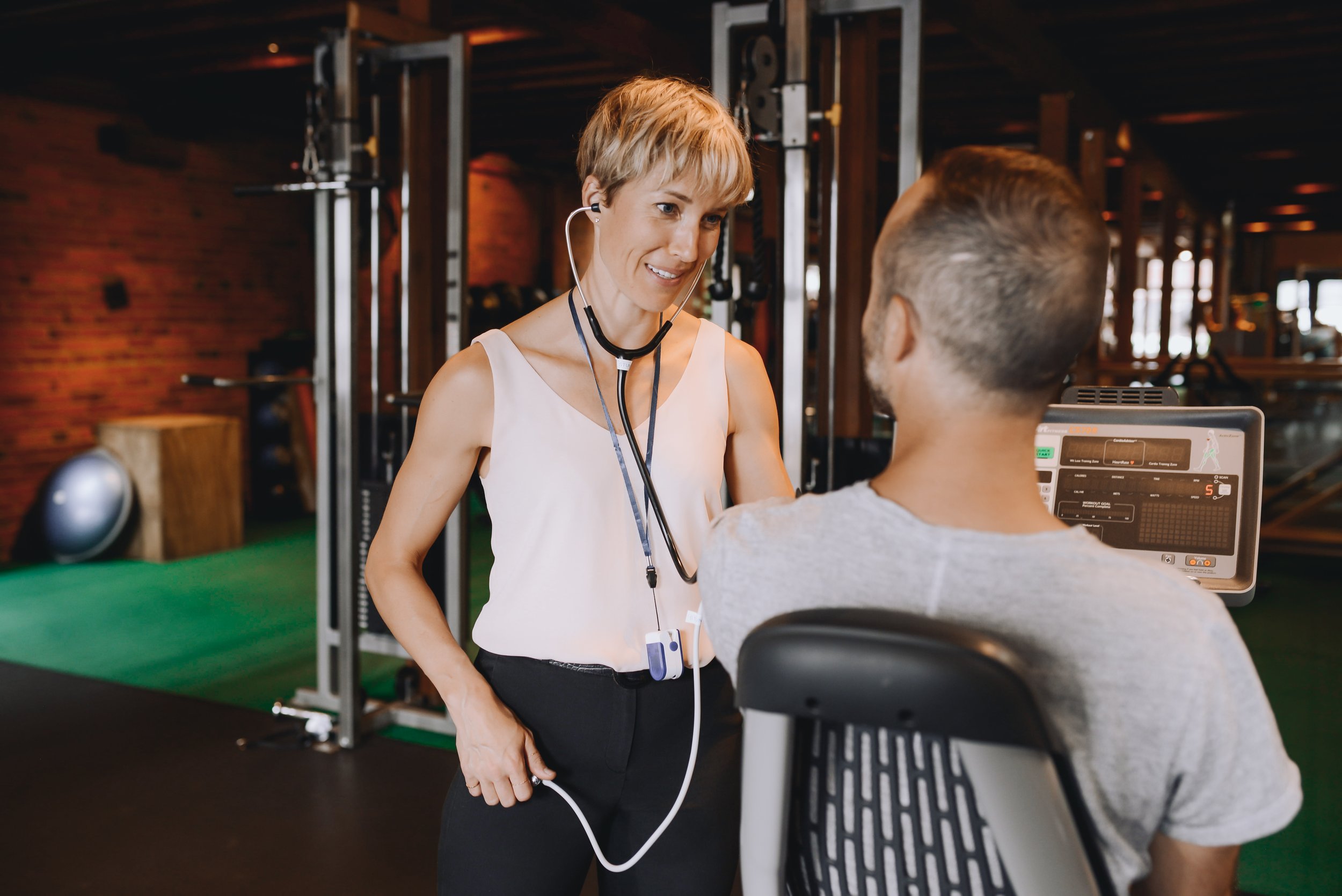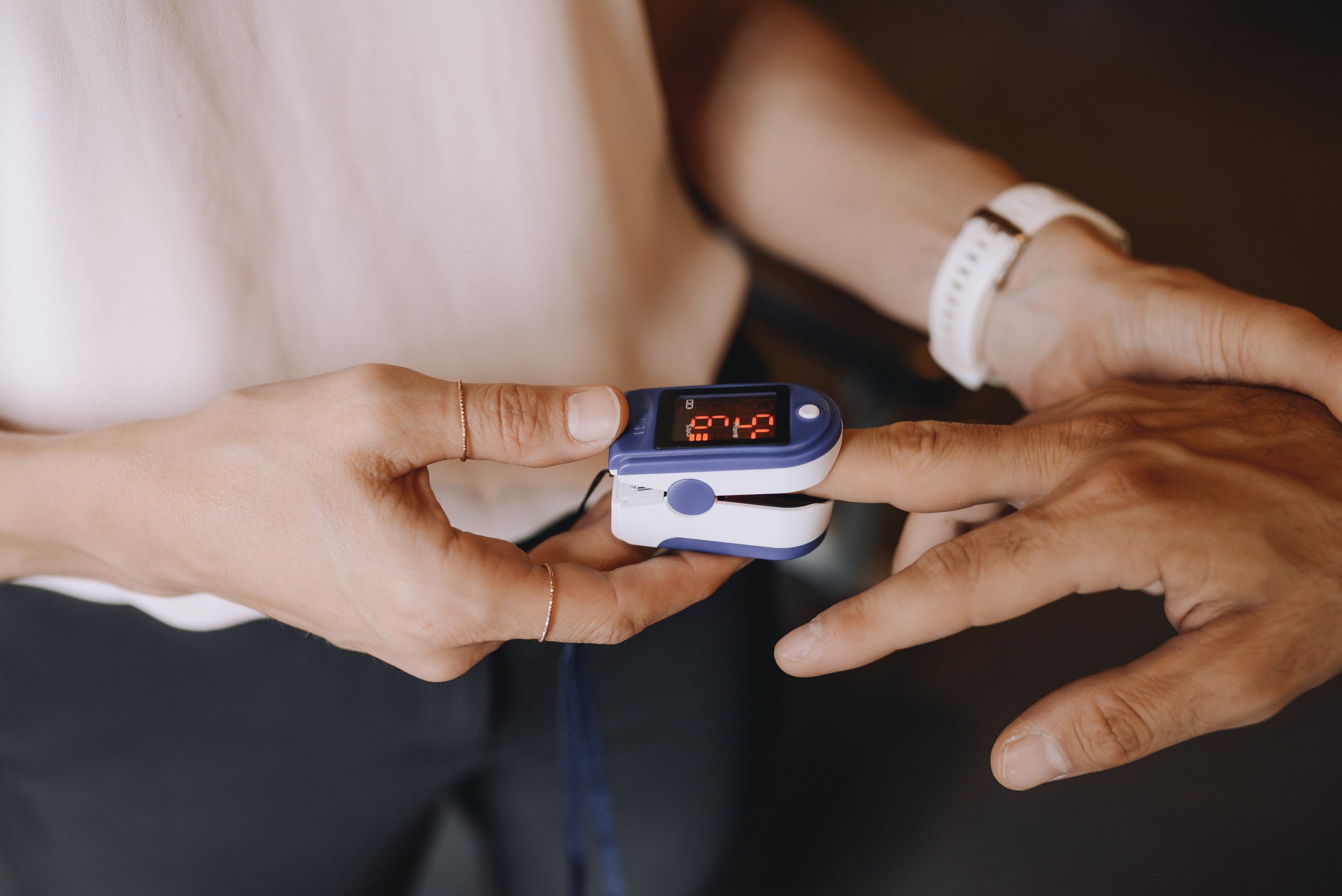
Cancer Rehab Research
CANCER PHYSIO SUPPORT WORKS
This cochrane review found that "breast cancer patients benefit from exercise interventions that include more structured instruction and/or supervision when compared to exercise instruction via a pamphlet or no exercise instruction [...] larger benefits were found for shoulder [range of motion] and shoulder function outcomes from physical therapy treatment that was introduced as prehab before surgery. (McNeely, et al. 2010).
Dr. Julie Silver from harvard medical found in her study that prehab (rehab planning prior to treatment) is correlated with shorter hospital stays and fewer treatment complications.
Tools That Work
START REHAB EARLY
This study demonstrated that prehab reduced the occurrence of postoperative complications, reduced treatment related toxicities, optimized treatment outcomes and increased the likelihood of survivorship (Fairuz et al. April 2018). Many other studies have shown that prehab fitness is related to improved surgical outcomes and better psychosocial well-being.
DON’T MISS THE WINDOW…
The Pori protocol for breast and head/neck cancer involves catching the proliferation phase of healing (2 weeks-2 months post radiation and/or surgery). Providing stretch via exercise and/or manual therapy to the tissues during this window is essential for the immature collagen and elastin fibres to gain extensibility as wound contracture occurs. Catching this window can lessen joint and scar stiffness; helping to reduce the chance of fibrosis or contractures.
SIDE-EFFECTS ARE COMMON; CANCER PATIENTS NEED SUPPORT.
This study found that "fewer than 10% of cancer survivors were active during their primary treatments and only about 20%-30% were active after they recover" (Rock et al 2012.).
A later study revealed that the need for rehab support is immense and not being met. In the United States as little as 1-2% of those with cancer related impairments are seeking help.
This larger scale study of ~5900 varied cancer survivors demonstrated that the majority reported treatment symptoms of joint pain, along with dizziness, fatigue and cardiorespiratory deficits. Examining those with breast cancer, this study revealed that treatment side-effects included declined cardiorespiratory fitness.
This study involving breast and gynecologic cancer patients found that functional impairments were very common and impacted quality of life factors.
Treatment related side-effects are common but under discussed and under researched. Yet so, they are often treatable with cancer rehab planning!
CANCER PATIENTS IN COPENHAGEN ARE FIGHTING PHYSICAL DETERIORATION WITH EXERCISE
This article in ‘The Scientist’ features upcoming research in the area of exercise and cancer and its related anti-cancer pathways. Copenhagen is now trialing scaling cancer rehab programming nation wide as part of the cancer care pathway.
HIGH BMI IS CORRELATED WITH AN INCREASED RISK OF LYMPHEDEMA
Although lymphedema is not the top reported treatment side effect, it still occurs and can impact quality of life. All cancer patients should be stratified into risk categories depending on health history, radiation parameters and number of lymph nodes removed. This study with breast cancer patients demonstrated that a higher body mass index (BMI) is correlated with an increased risk of lymphedema. Patients that are stratified as moderate to high risk can greatly reduce risk through weight monitoring strategies, prescribed nighttime compression and regular exercise.
LIFESTYLE SUPPORT MATTERS
Few patients are receiving lifestyle and exercise support as noted in this qualitative study, and we know that with personalized clinical support, we can decrease the high morbidity burden of a cancer diagnosis.
EXERCISE CAN HELP TO MANAGE FATIGUE
Although the exercise prescription parameters need further research, this systematic review/meta-analysis confirms that supported exercise during hospitalization for patients undergoing allogenic stem cell transplantation lead to a higher quality of life and less fatigue at discharge.
Although cancer-related fatigue is best managed with a multi-modal rehab plan involving tools such as pacing, prioritizing and fatigue tracking, personalized and clinically guided exercise has been shown to greatly reduce cancer-related fatigue over the long term.
SUPERVISED EXERCISE CAN HELP FIGHT THE LOSS OF MUSCLE MASS
Unfortunately, a cancer diagnosis is often coupled with cachexia/muscle wasting. Although strength training seems to be as simple as lifting a few weights, it’s actually quite complex as shown by this meta-analysis. Many internal and external variables effect an individuals ability to ‘gain strength’ and achieve a hypertrophic effect through resistance training. This study specific to colon cancer looked at strength dose/intensity and its impact on chemotherapy completion rates and resulting toxicities.
The patient’s diagnosis, treatment schedule and exercise type/dose are a few variables highlighting how a training plan needs to be personalized to the individual with clinical guidance from a cancer physiotherapist.
Multiple studies continue to show that clinical expertise are needed for a resistance training program to be safe yet effective.
EXERCISING WHEN UNDERGOING CHEMO MAY HAVE A CARDIO-PROTECTIVE EFFECT
This recent study looked at participants who exercised while undergoing chemotherapy in comparison to a control group. Cardiac structural differences were observed in the exercising group, suggesting that exercise may have a ‘cardio-protective’ effect. More research will follow in the coming months to investigate ways to offset the impact chemotherapy on cardiac dysfunctioning within the breast cancer population









